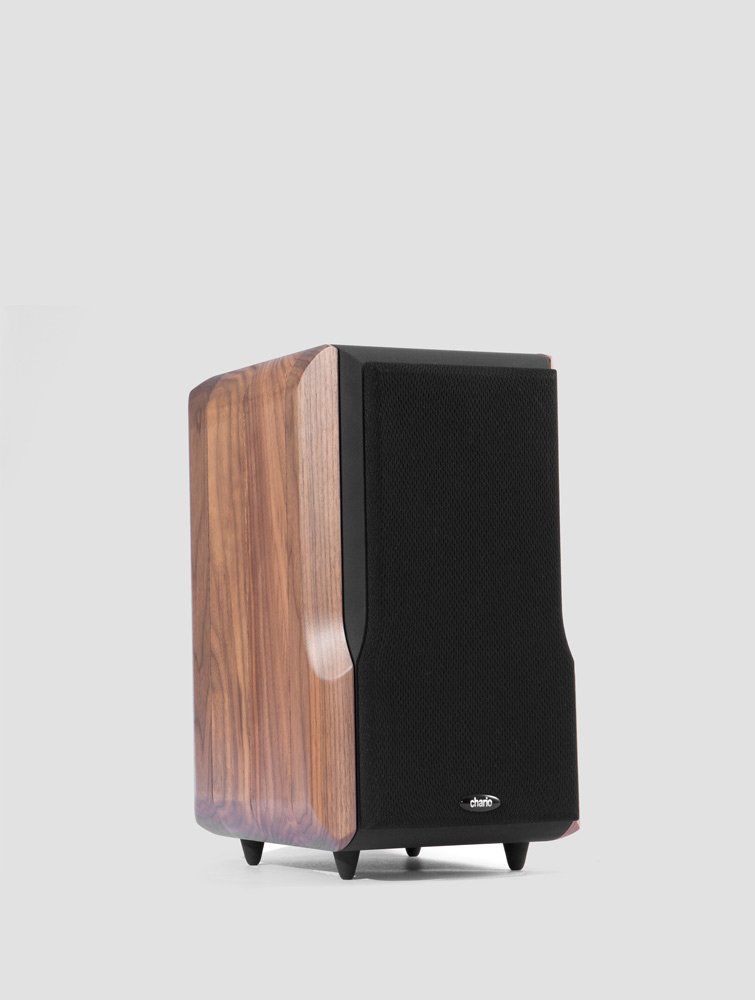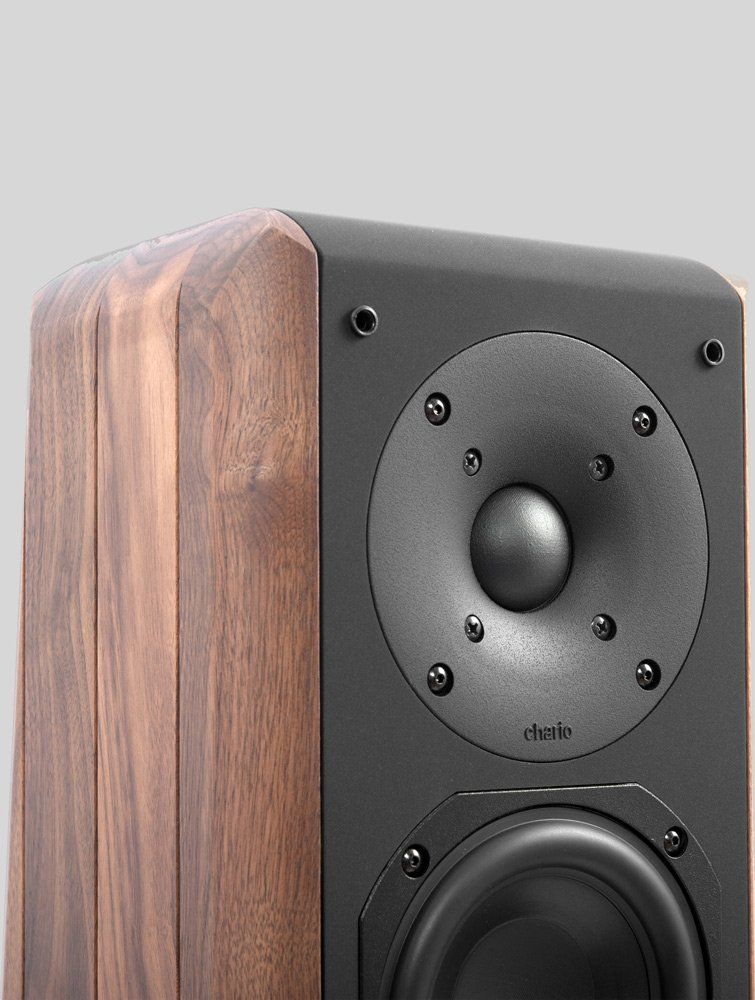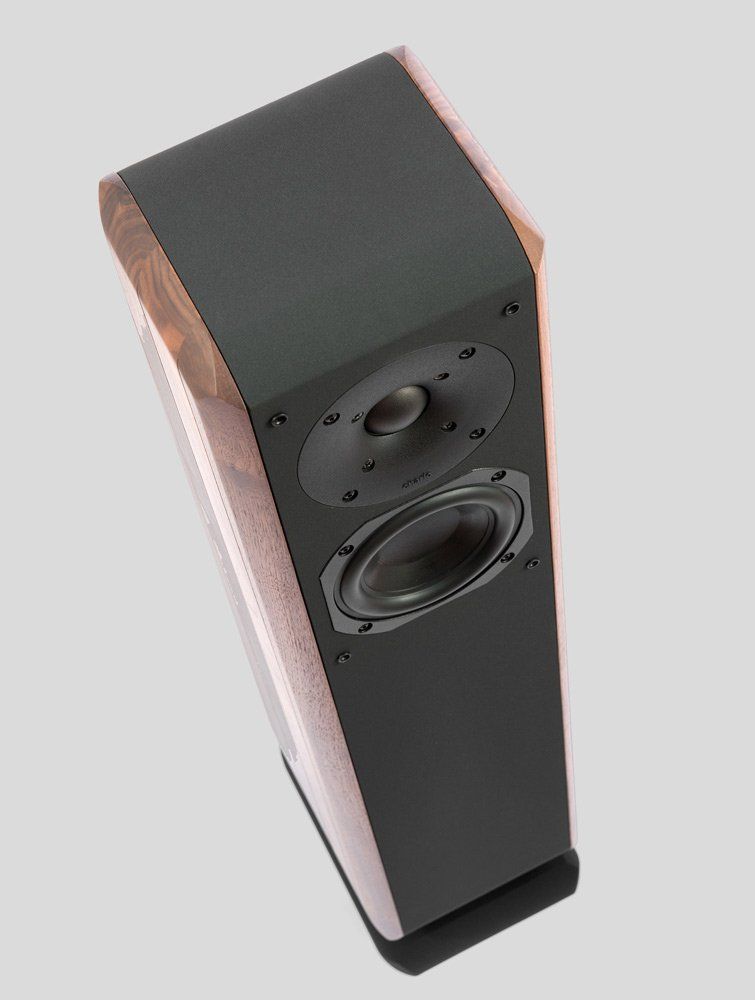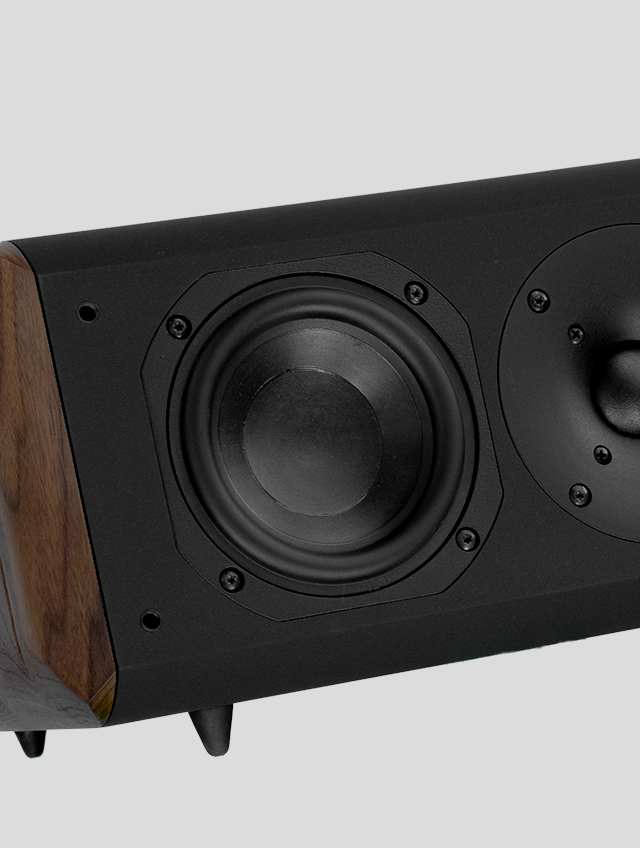CONSTELLATION SERIES
PHOENIX MK2
3 way Center Channel
The redesigned center speaker of the Constellation line introduces enhanced acoustic depth, seamlessly integrating with every product in the range. The new Phoenix model, versatile and eclectic, is finely tuned to emphasize dialogue, delivering a richer and more immersive audio experience.
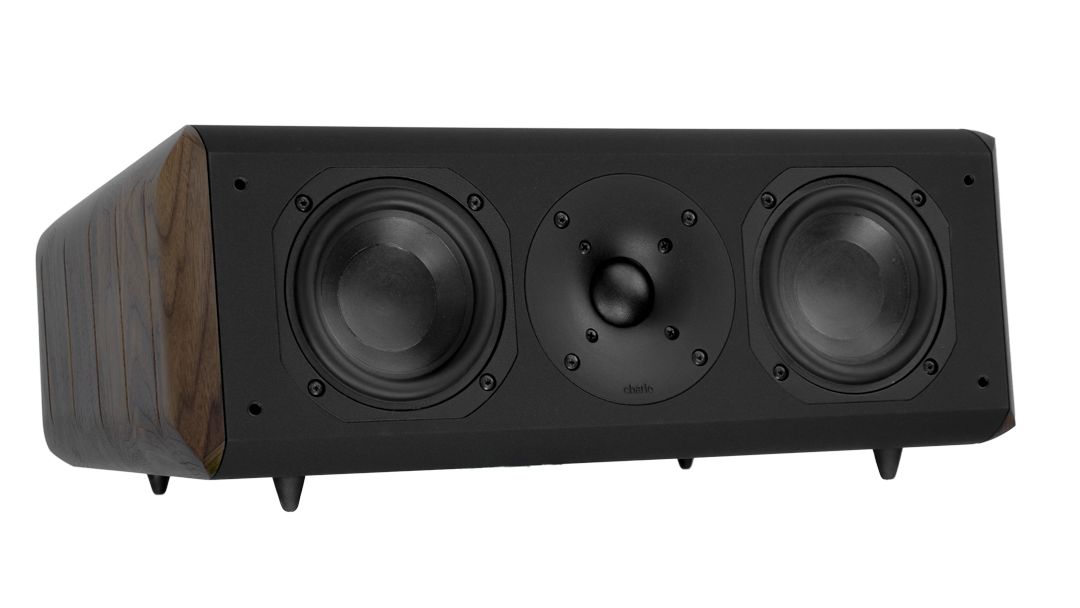
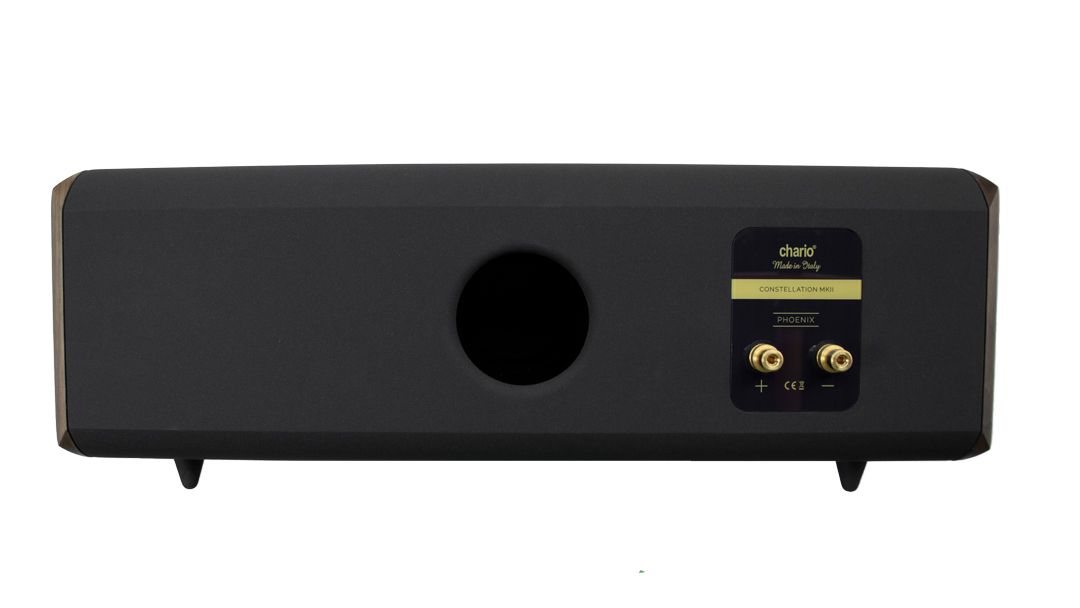
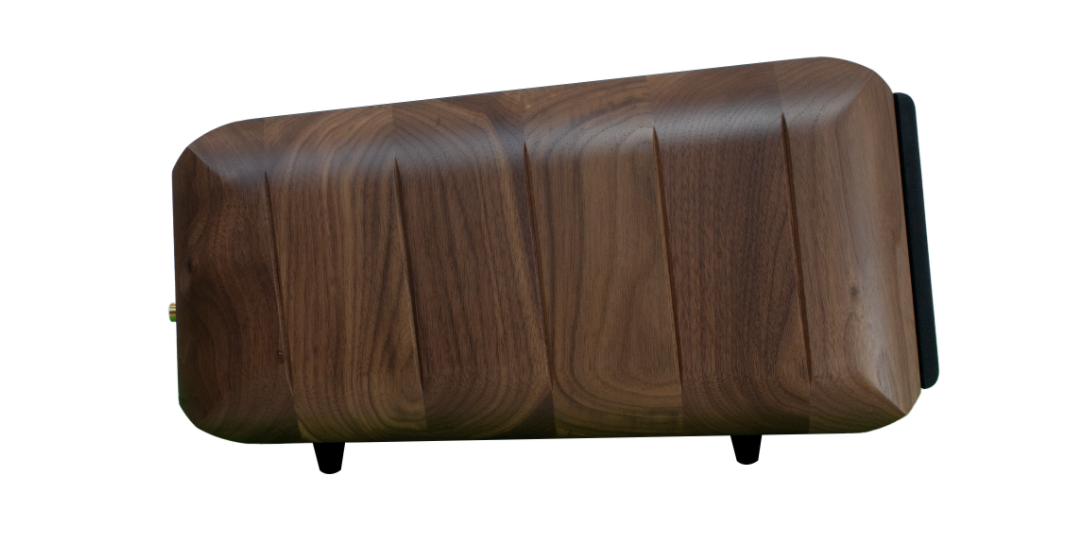
Our Choice of Frequency
Constellation Phoenix
The choice to specify a low-frequency cutoff at 48 Hz for a dialogue channel in a Dolby 5.1 system, although seemingly oversized with respect to the canonical requirements of the human voice, represents a deliberate and technically sound design decision.
As correctly noted, the lowest fundamental of the male voice in the spoken register typically lies around 85 Hz, below which vocal information is generally not encoded in the center channels of a Dolby mix. However, it is essential to consider that the perception of vocal intelligibility does not depend solely on the fundamentals, but also — and in some cases primarily — on how the lower harmonics and transient components are handled by the playback system.


